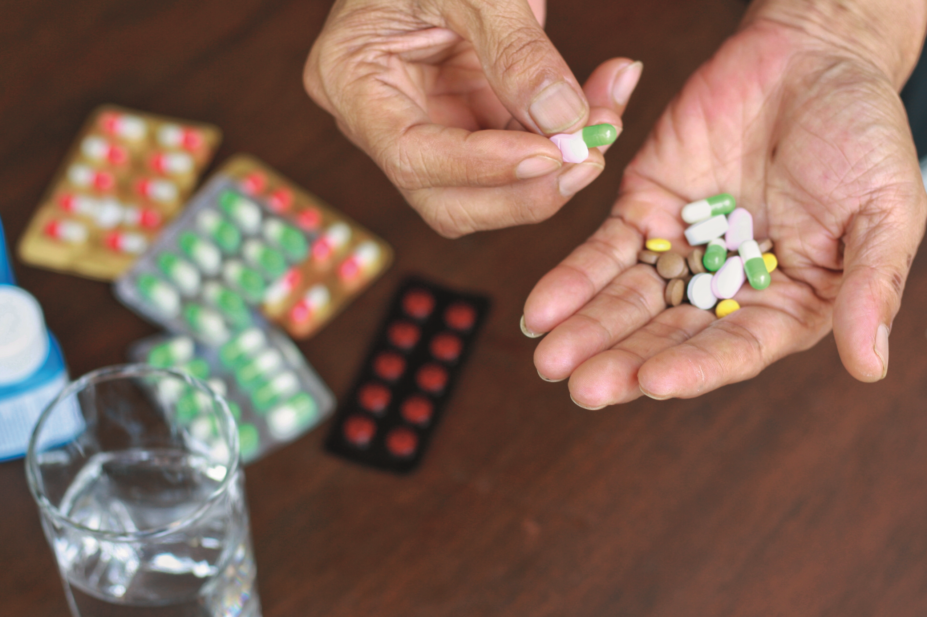
Shutterstock.com
Pharmacist-led telephone follow-ups after hospital discharge can reduce 30 and 90-day readmission rates in polypharmacy patients, according to a study published in the
British Journal of Clinical Pharmacology (online, 24 January 2019).
In the study, which was carried out in Antrim Area Hospital in Northern Ireland, 211 intervention patients were matched with an equal number of control patients. All patients were taking ten or more prescribed medicines at time of discharge from hospital, and then were followed-up for three months.
The telephone follow-up service was carried out by three pharmacists who were all members of the hospital pharmacy team. They were asked to communicate with the intervention patients three times: once within ten days after discharge, again after one month; and finally at the start of the third month after discharge.
During each interaction, the pharmacist noted any problems patients were experiencing with their treatment and illness, such as difficulties with adherence or adverse events. The pharmacists then contacted other healthcare providers as required, such as the patient’s GP, to help resolve any of the issues raised.
The intervention patients were asked to complete three different questionnaires during the study. The Medication Adherence Report Scale and the Patient Beliefs about Medicines Questionnaire were used to assess the patients’ self-reported adherence and perceptions about their medicines at different points after discharge. A bespoke patient satisfaction questionnaire was also sent three months after discharge.
The researchers found that, in comparison to the control group 30 and 90- day readmission rates in the intervention group were reduced by 9.9% (odds ratio [OR] 0.57; 95% confidence interval [CI] 0.36–0.90; P<0.001) and 15.2% (OR 0.53; 95% CI: 0.36–0.79; P=0.021), respectively.
Senior author James McElnay, a researcher at Queen’s University Belfast, said: “Many patients have difficulty in managing their medicines after discharge from hospital. Telephone follow-up allowed clinical pharmacists to give tailored support to patients according to their individual needs.
“This simple intervention had very positive outcomes and was welcomed by patients. We are working to introduce this new approach into routine practice across the hospital service.”


